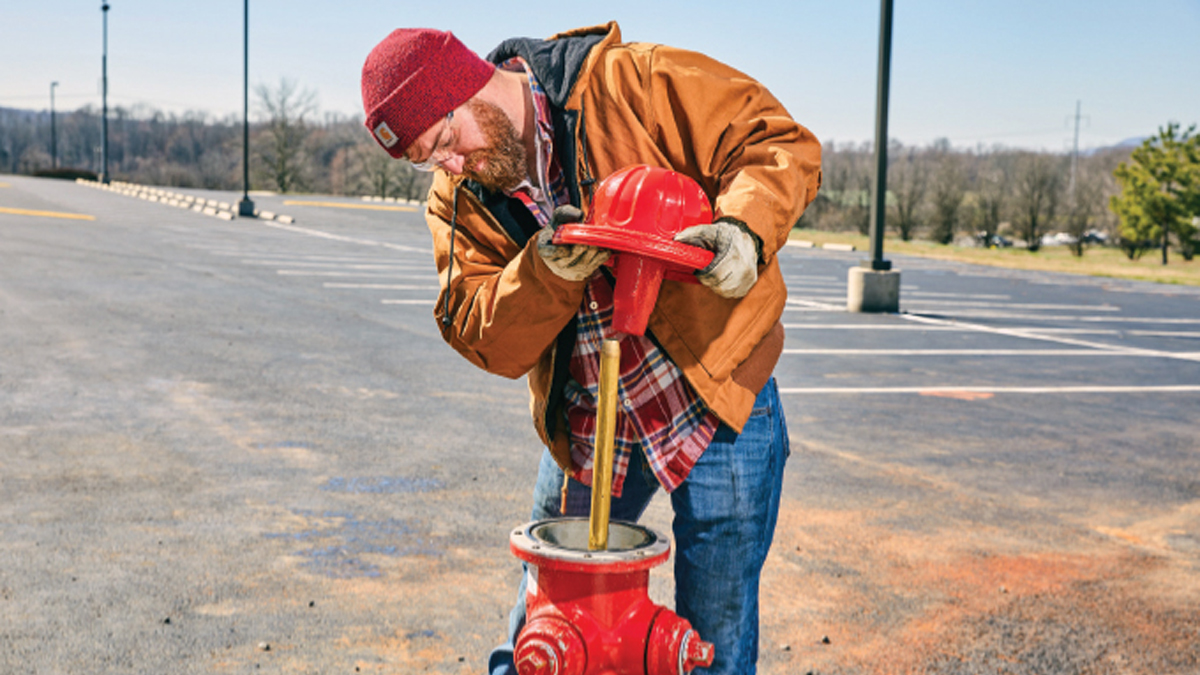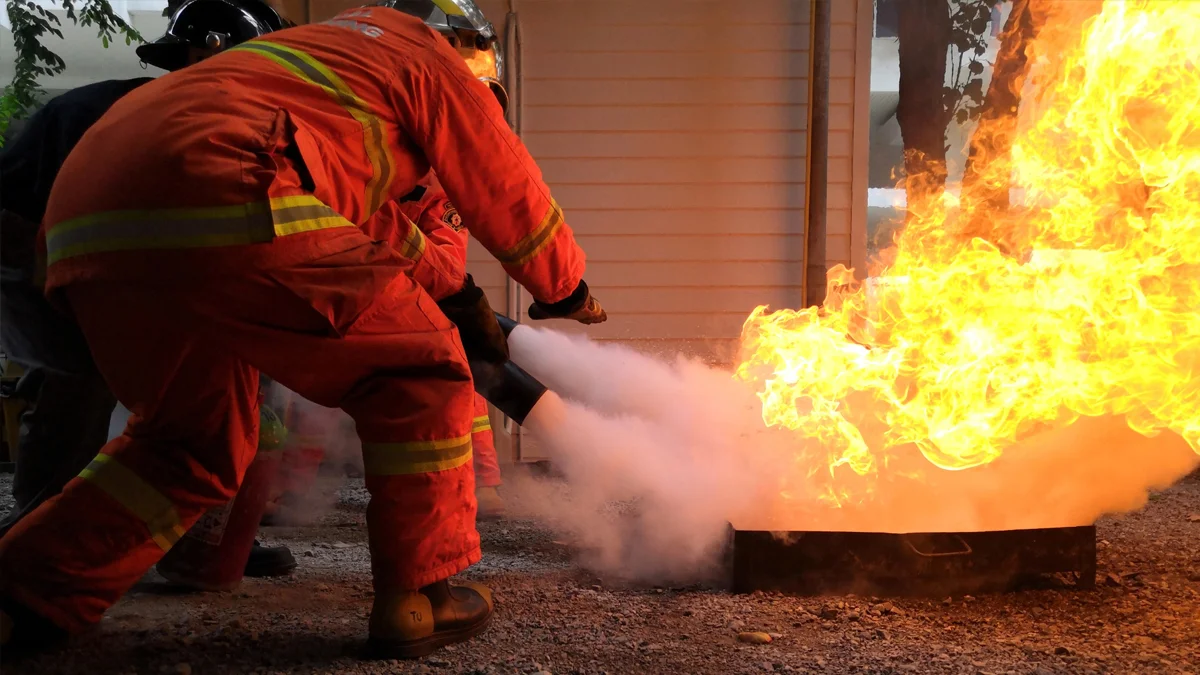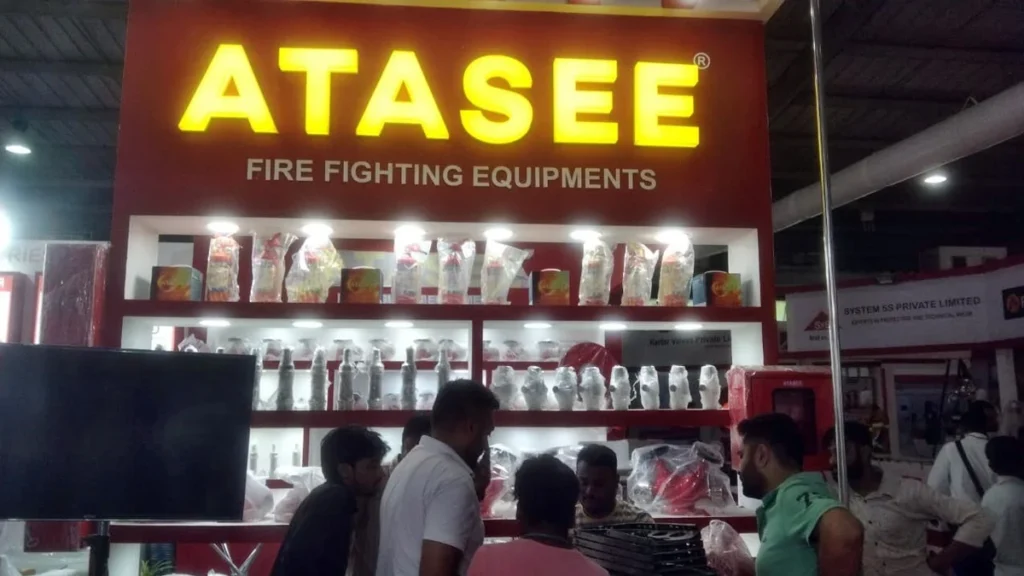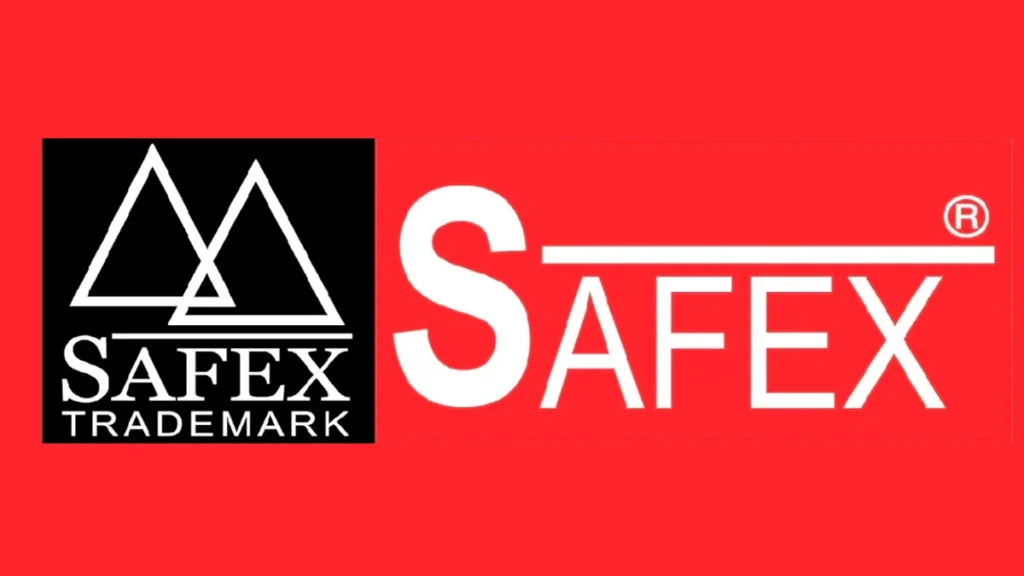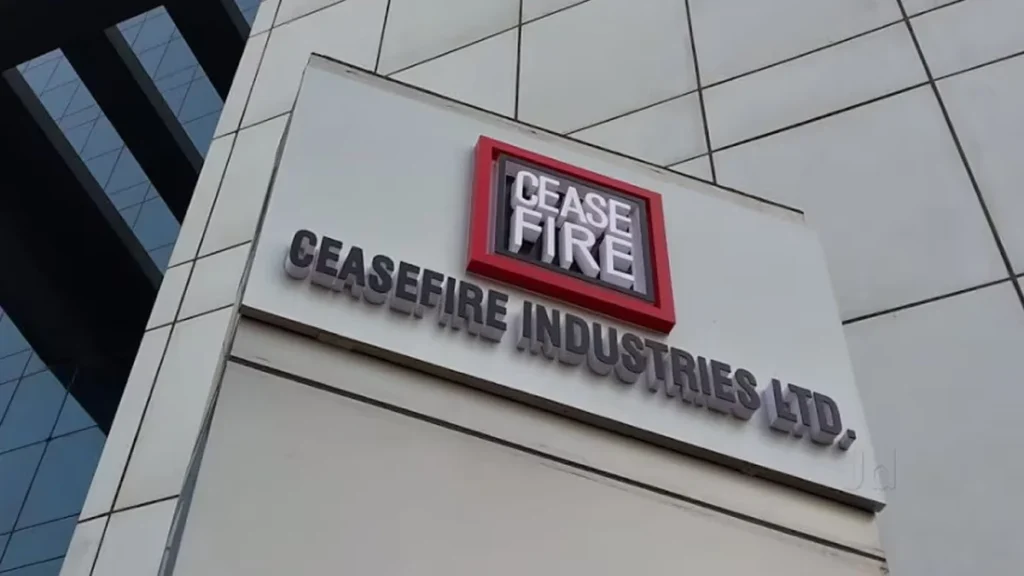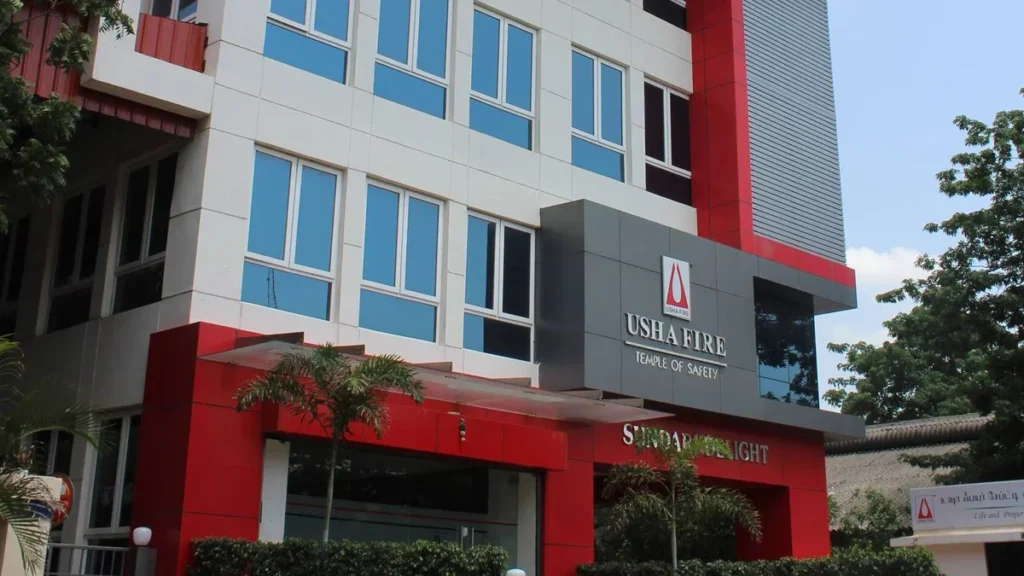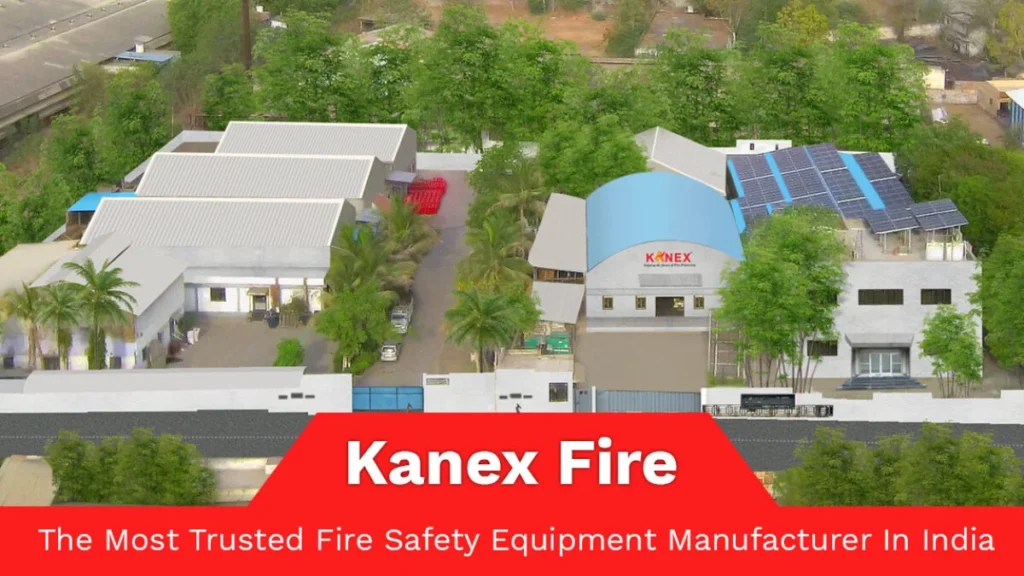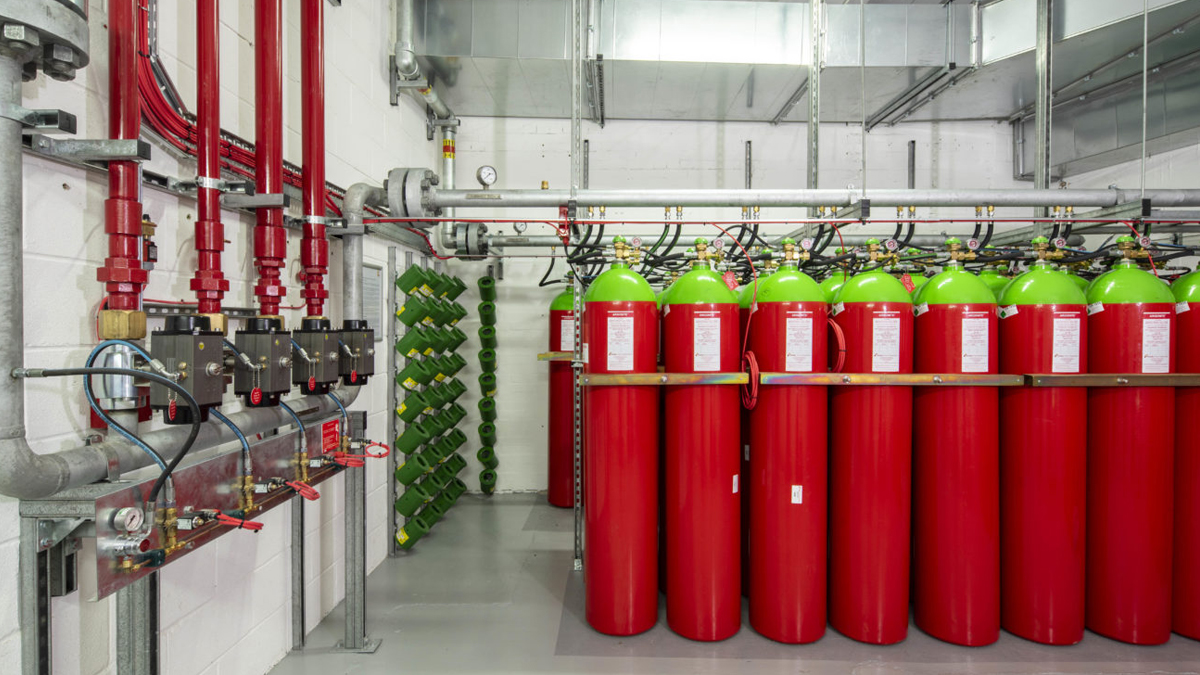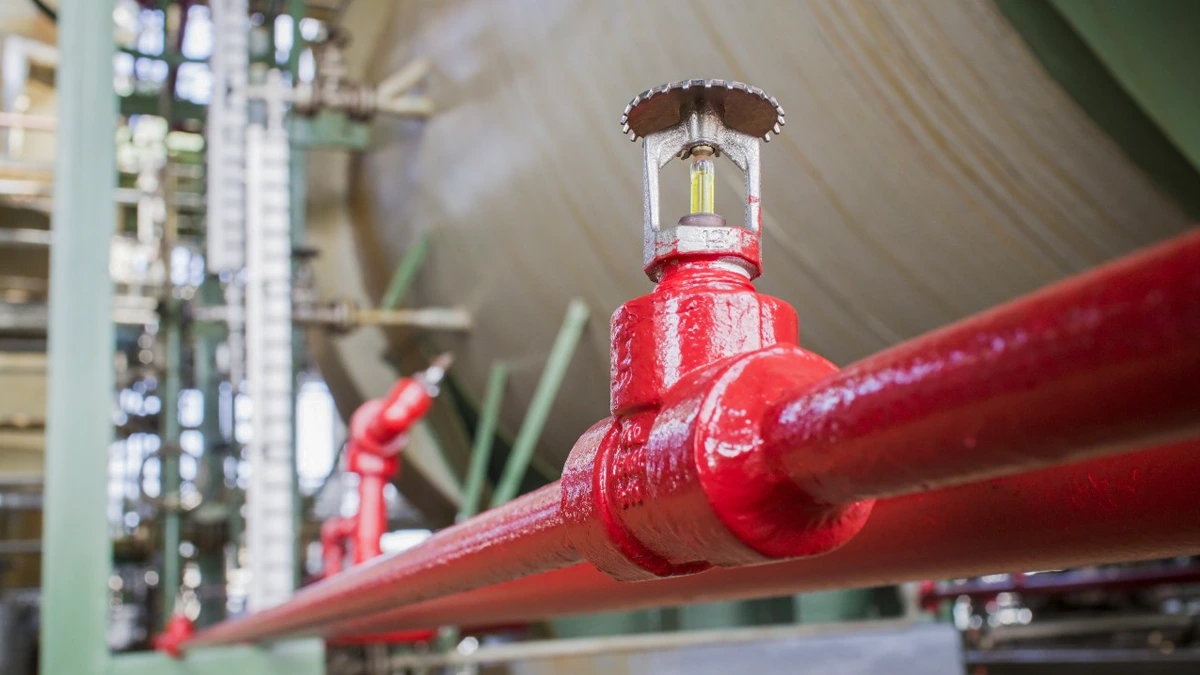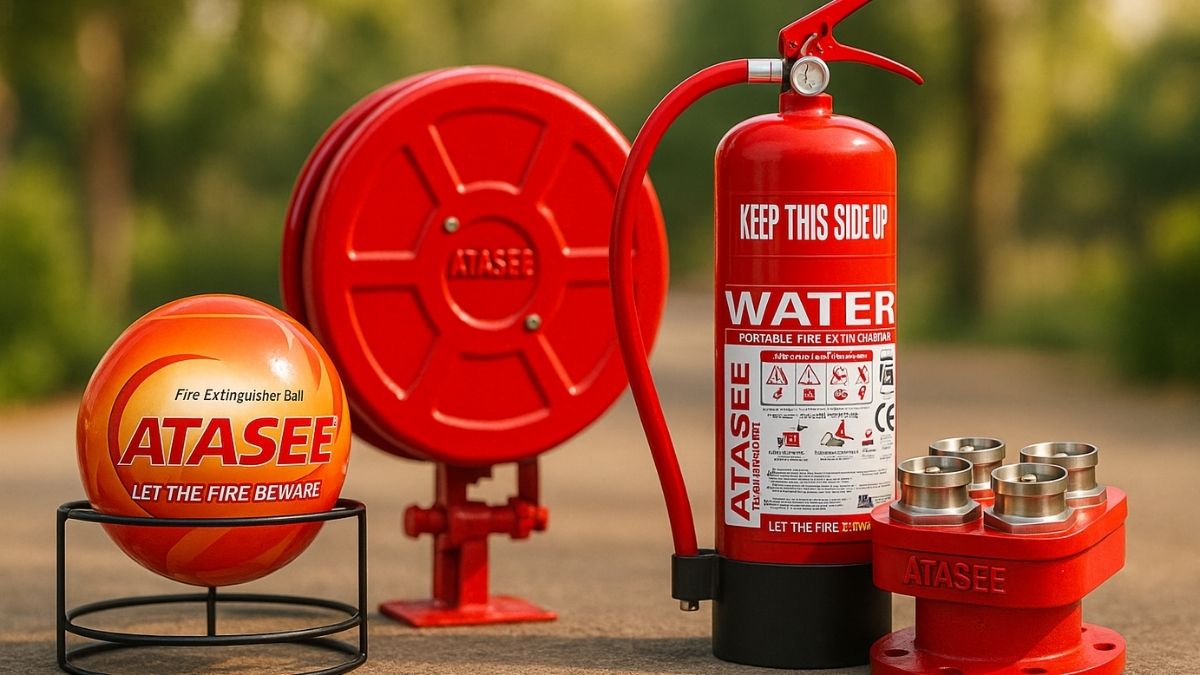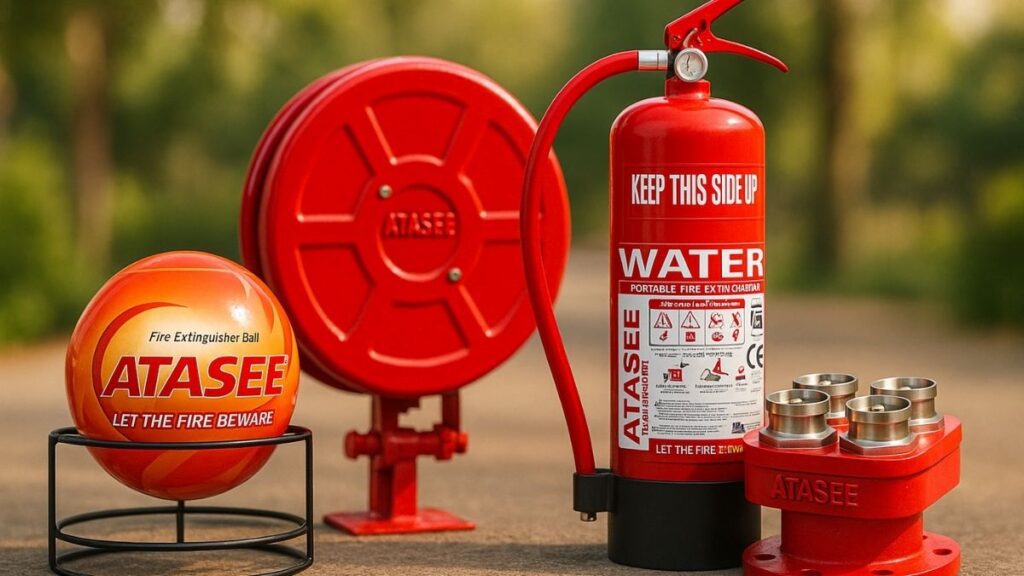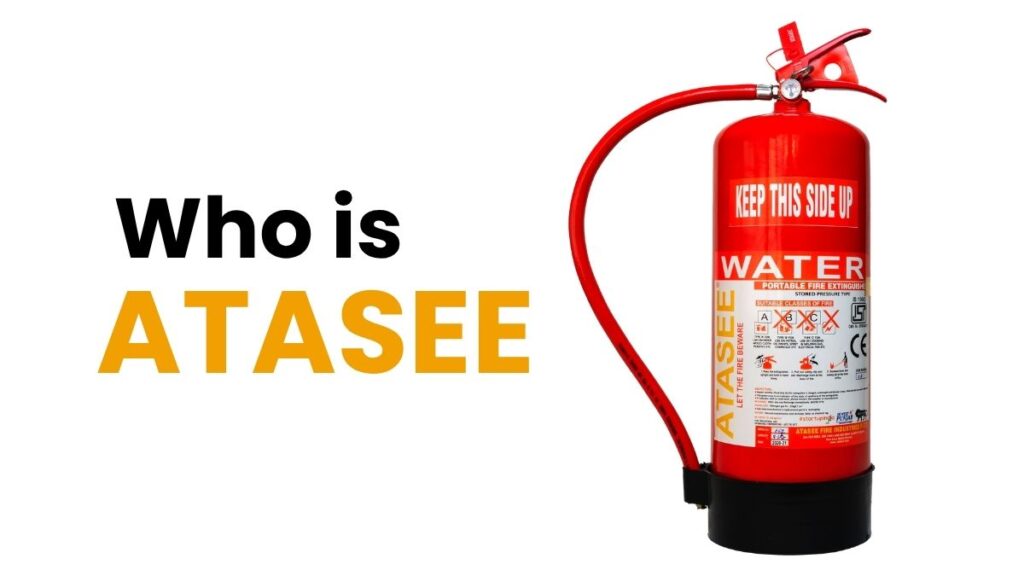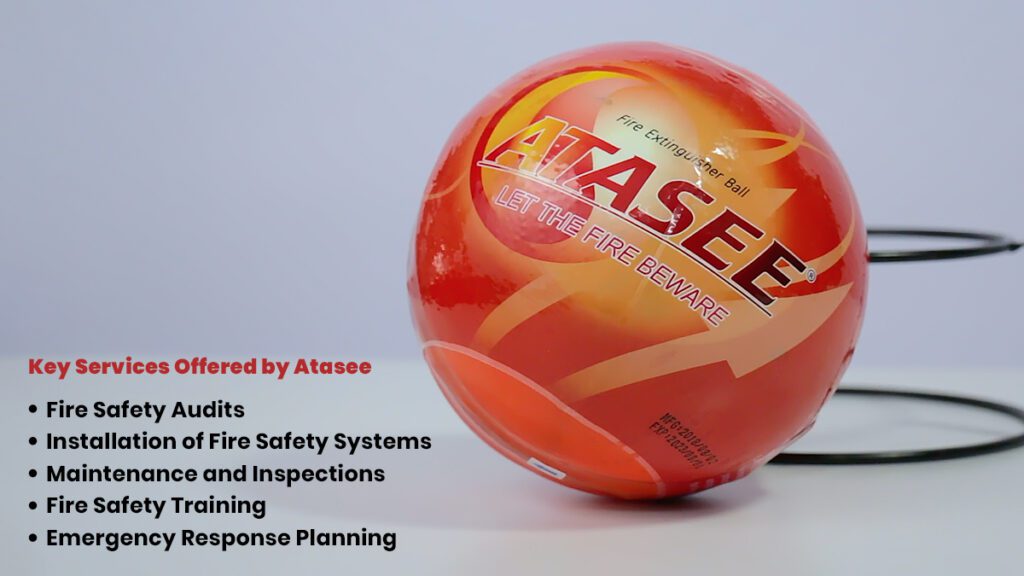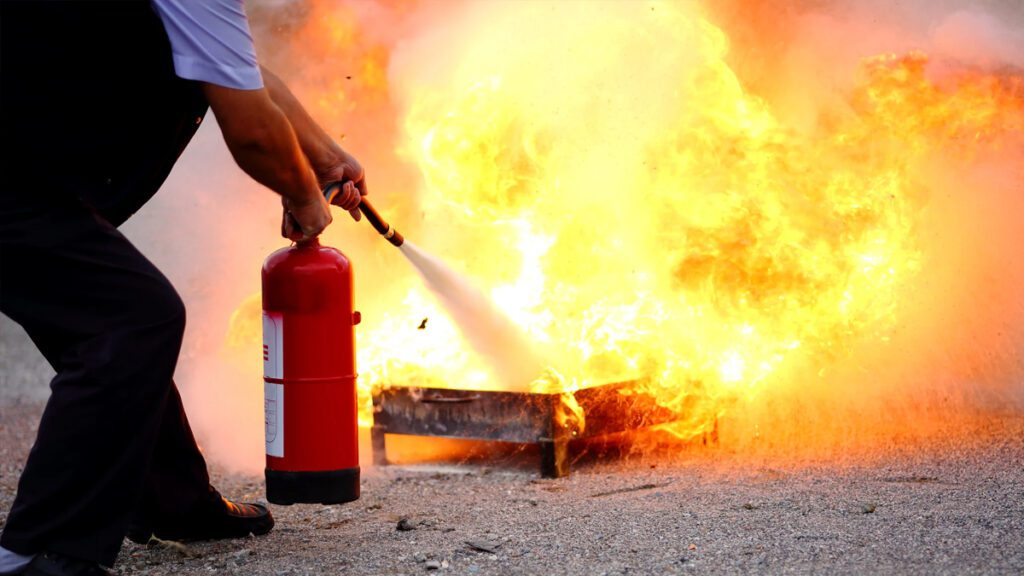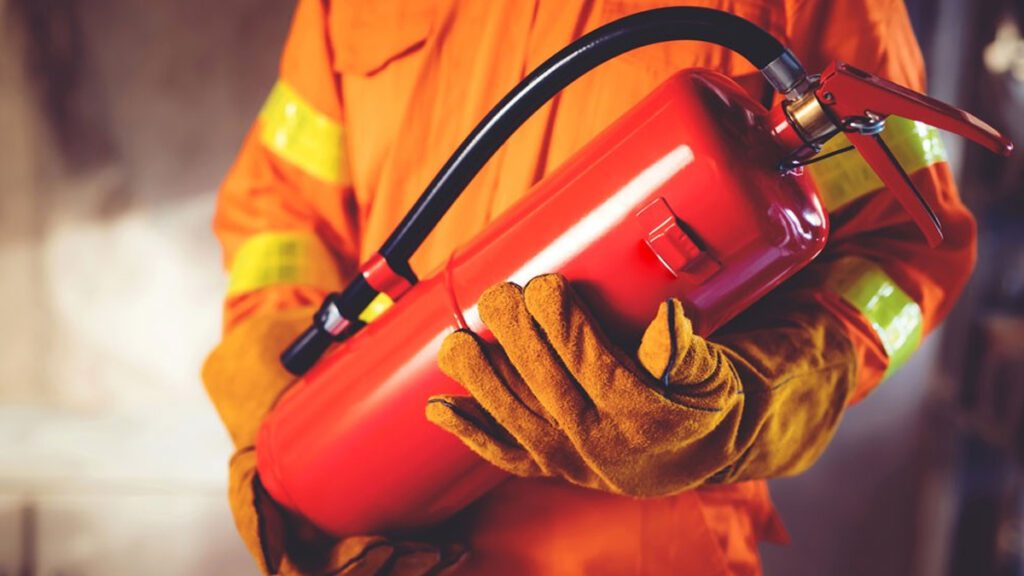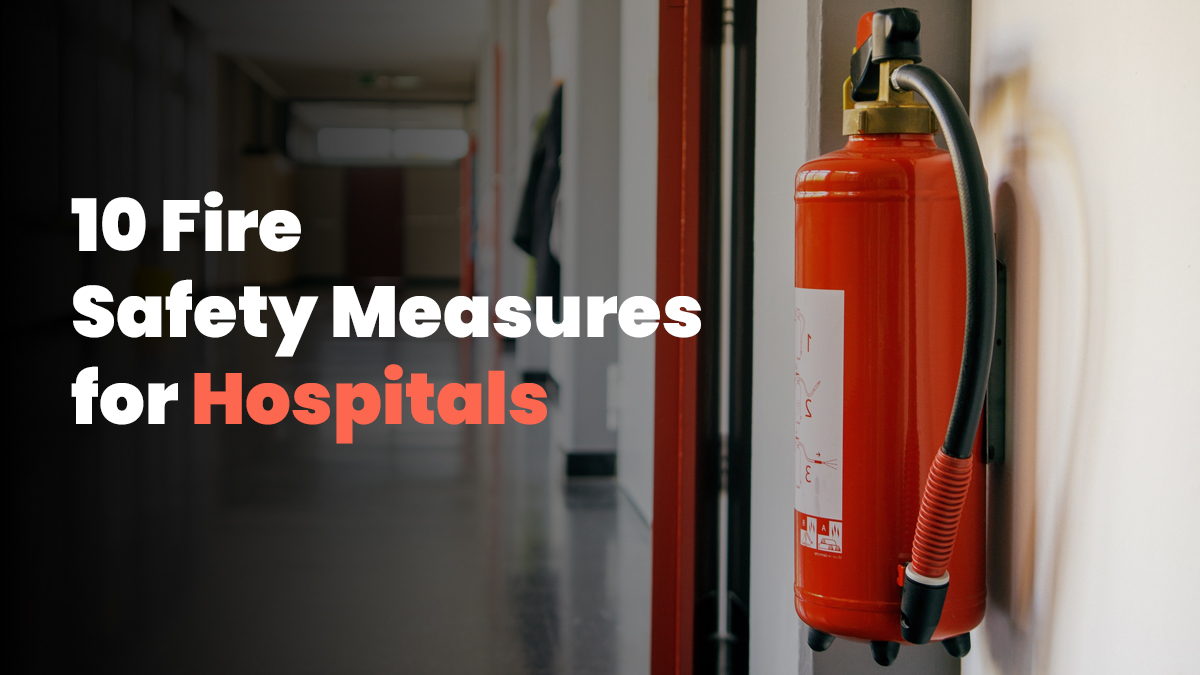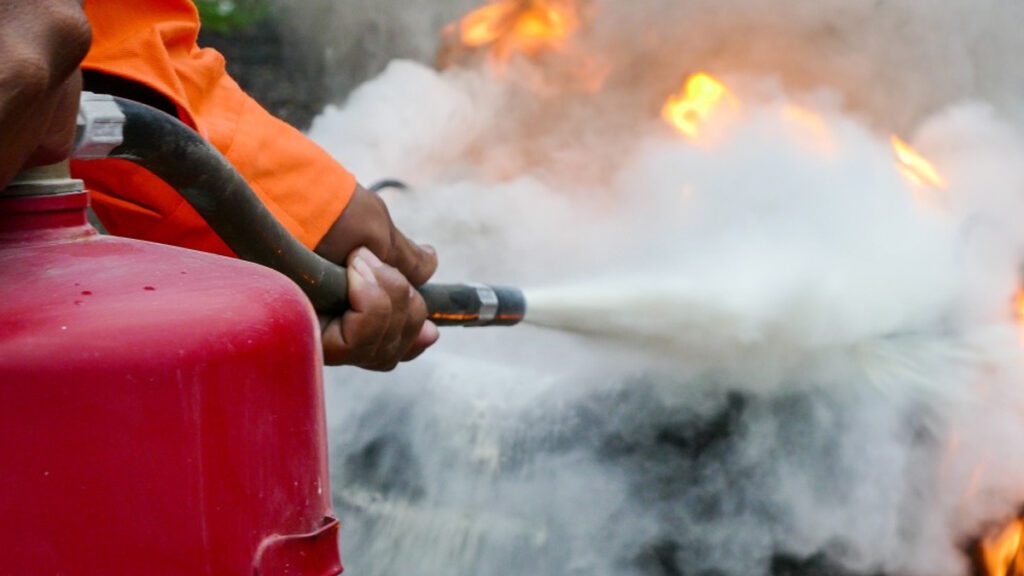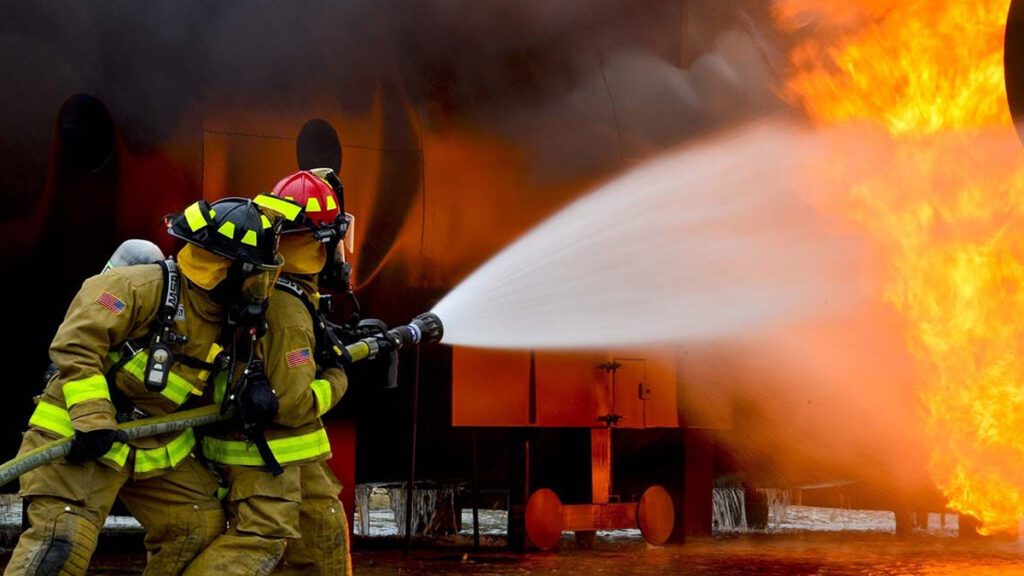
Top 10 Fire Equipment Manufacturers companies in chandigarh
When you truly care for your family, your business, or your assets, you will do everything in your ability to keep them safe. However, you can’t manage it by yourself. At Atasee, we provide dependable fire safety equipment and solutions to protect what you value and help you understand fire risks.
Fire extinguisher manufacturer and supplier company Chandigarh, India.
1. Atasee Fire Industries Pvt. Ltd.
Address: Industrial Area, near Ind Swift Ltd, Jawaharpur, Punjab 140507, Chandigarh
Phone: 094172 77276
Website: https://ataseefire.com/
Atasee Fire Industries is the fire equipment manufacturer in chandigarh to get “BIS APPROVED ISO CERTIFIED”. This company is popular not just in Punjab but also among clients in the public and private sectors thanks to its commitment to both quality and innovation.
Atasee Fire Industries guarantees that its goods and services constantly satisfy the highest standards by using a highly qualified and highly skilled team. They stand out as a leader in fire safety because of their dedication to safeguarding lives, property, and companies. Atasee Fire Industries has established a reputation for dependability and quality in the area by providing innovative products and first-rate services.
If you’re looking for innovative, best fire safety solutions, Atasee Fire Industries Pvt. Ltd. should be at the top of your list. Their dedication to providing the best in fire-fighting equipment makes them one of the most recognized names in Chandigarh and its surrounding areas.
2. Satyam Fire and Safety Solutions
Address: Sco 702, Kesho Ram ComplexSector 45, Chandigarh
Phone: 09740463183
Satyam Fire and Safety Solutions is one of the leading businesses in Chandigarh. It is known for Fire Extinguisher Dealers, Fire Extinguisher Refilling Services, ABC Fire Extinguisher Dealers, Fire Alarm System Dealers, Fire NOC consultants, Fire Extinguisher Manufacturers, Dcp Fire Extinguisher Dealers, Fire Extinguisher Dealers-Kanex and much more.
Satyam Fire and Safety Solutions was established in the year 01-2018 in Chandigarh Sector 45, Chandigarh. They provide a wide range of products and/or services to cater to the different requirements of their customers.
3. Kanex Fire
Address: Plot No. – 184, Sector 15A, Chandigarh – 160015
Contact Number: +91 22 2500 1288
Website: https://www.kanexfire.com/
Kanadia Fyr Fytr Pvt Ltd founded in 1998 and later rebranded as Kanex Fire Solutions Ltd, is a leading Fire Equipment Manufacturers companies in chandigarh. Kanex has been a famous manufacturer of fire protection equipment, like Fire Suppression Systems, Water Mist, Kitchen Suppression Systems, Compressed Air Foam Systems, and related systems for 25 years.
They provide best-in-class products for their quality, pricing, and on-time delivery.
4. Safex Fire Services
Address: SCO No.21, Ambala Chandigarh Road, Chaura Bazar, near corporation bank, Zirakpur, Punjab 140603
Phone: 098159 84727
Website: https://safexfire.com/
Established in 1972, Safex Fire Services Ltd has built a legacy of innovation and reliability in the fire safety industry. As the largest manufacturer of fire extinguishers in India, the company offers a wide range of equipment tailored to different sectors, ensuring comprehensive fire risk management solutions.
5. Life Safety
Address: Plot No. 339, Phase 2, Industrial Area Phase II, Chandigarh, 160002
Phone: 070875 16156
Life safety fire equipment manufacturers companies in Chandigarh were established in the year 2018. It is focused on delivering world-class and reliable safety equipment with high values, which include integrity, respect, and transparency.
Their products have been used and tested before being released for the national and international markets. It is a fast-growing brand that helps to protect millions of people across the world. Life Safety provides solutions and services for fire safety. The company’s focus is designing and putting into place fire safety solutions that successfully reduce risks.
6. Damia Global Services
Address: SCO 47, 2nd Floor, Sector 11, Panchkula, Haryana 134109
Hours: Closes soon ⋅ 6:30 pm ⋅ Opens 9:30 am Thu
Damia Global Services Pvt Ltd is a leading manufacturer of fire equipment and suppression systems in Chandigarh founded in 2016. It provides integrated design, engineering, procurement, construction and project management services.
The Company works in three segments: Electrical Contracts, Civil & Structure Engineering, and Firefighting. It is known for its nationwide presence, they provide reliable solutions for industrial facilities as well as retail stores. They provide the best fire safety equipment that companies might depend on is it’s credo.
7. Safeguard Industries
Address: Plot Number 30, Sector-IIDC, SIDCUL, Uttarakhand 249403
Phone: 092195 36292
Website:https://www.safeguard-industries.com/
Safeguard Industries is an ISO 9001:2008 certified manufacturer specializing in firefighting equipment, gas flooding systems, and body protection accessories. It is known for its precision engineering and stringent quality control, Safeguard provides advanced fire safety solutions with international-grade standards.
8. G Tech Fire Engineers Pvt. Ltd
Address: H8JG+WP2, C Block, Pocket C, Sector 19, Noida, Uttar Pradesh 201301
Phone: 080 4886 7329
Website: https://www.gtechfire.in/
G Tech Fire Engineers Pvt. Ltd. has been delivering firefighting products, road safety solutions, and head fall protection systems since 2010. With a focus on compliance and quality, they also provide installation and maintenance services, ensuring all-around fire safety for their clients.
9. UFS UFS SAFETY SECURITY PROTECTION
Address: 59/2/2, Site-IV, Sahibabad Industrial Area, Ghaziabad – 201010 (U.P.) Delhi NCR (INDIA)
Email: info@ufsppe.com
Phone: +91-8130891082
Website: www.ufsppe.com
As an ISO 9001:2015 certified company, UFS specializes in fall protection products and fire safety equipment. With rigorous quality checks and the best manufacturing technology, UFS delivers high-quality solutions trusted worldwide.
It is one of the fastest-growing companies for Fall Protection Products and Systems in the world. A team of highly experienced personnel constantly monitors the production to ensure each product that is being produced meets the quality expectations of customers with high-quality products.
10. Ceasefire Industries
Address: S.C.O. 141, Basement, Near Delhi Public School, 40C, 4B, 40C and 40D Chandigarh, 160036
Hours: Open until 8 PM
Phone: 099880 13484
Ceasefire Industries offers a 360-degree fire safety solution designed to protect homes and businesses. Their products include fire extinguishers, detectors, and kitchen suppression systems, all engineered to provide round-the-clock protection. Dependable and innovative, Ceasefire products are built to safeguard what matters most.
Bottom Line:
These companies, which provide the best solutions designed to save lives and property, are emblems of quality and innovation in the fire safety industry. These manufacturers are the best options for dependable fire safety equipment, regardless of whether you’re a homeowner, contractor, or entrepreneur.

